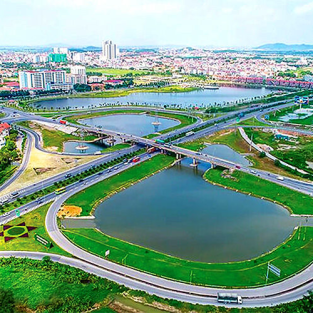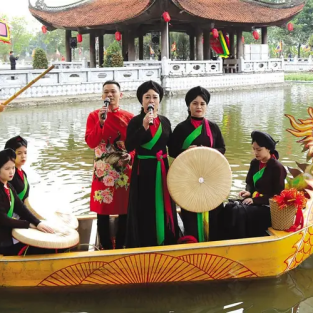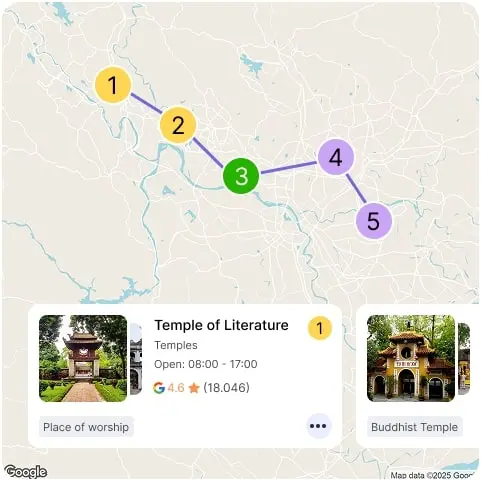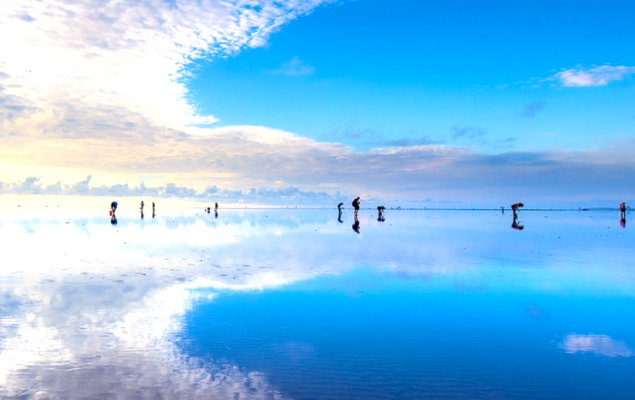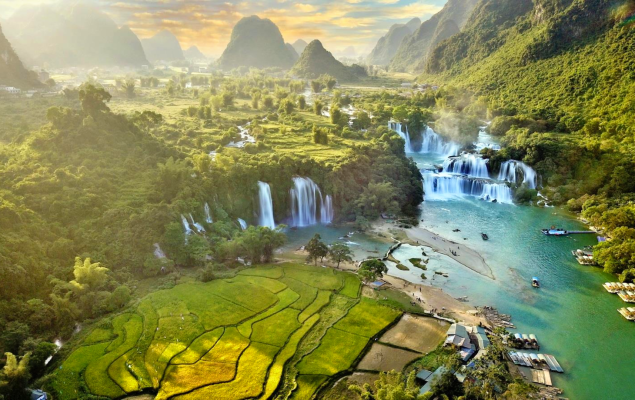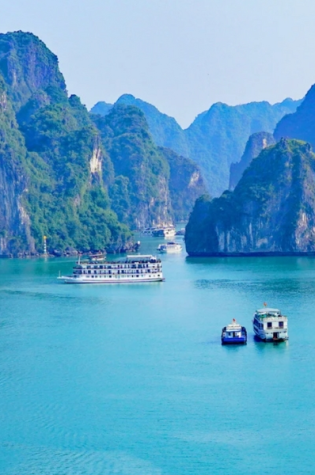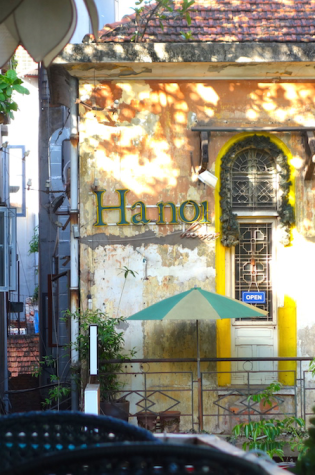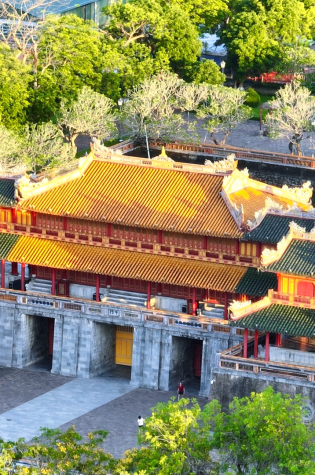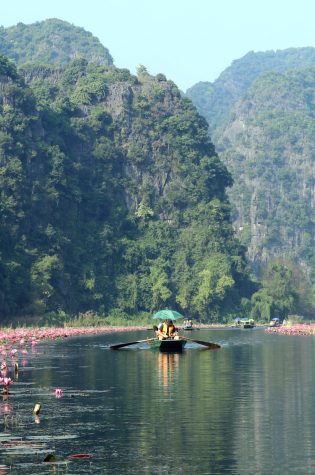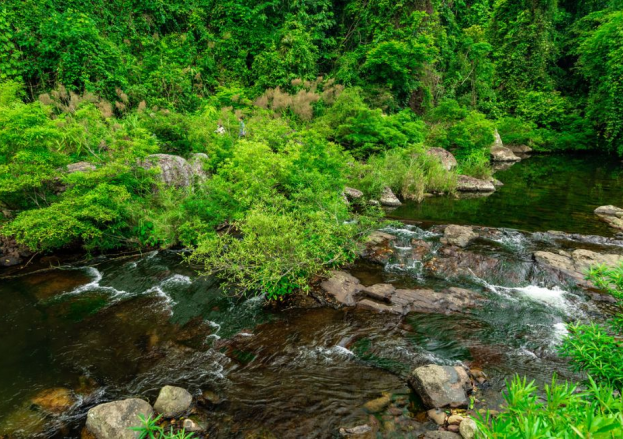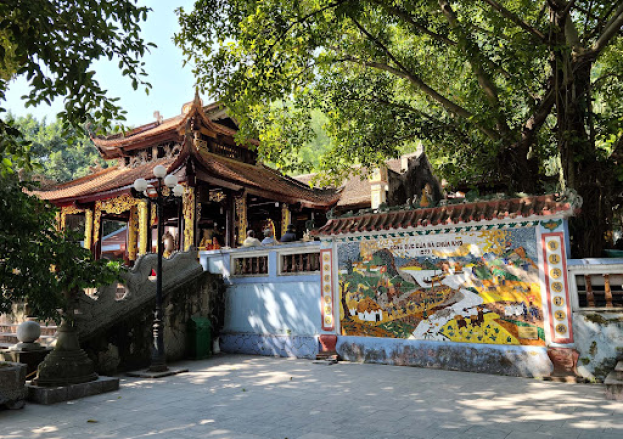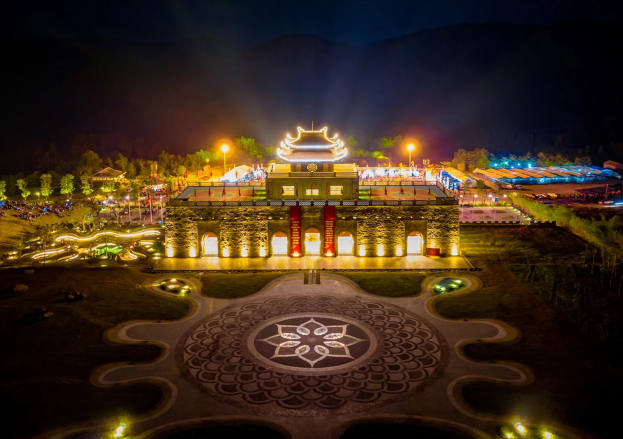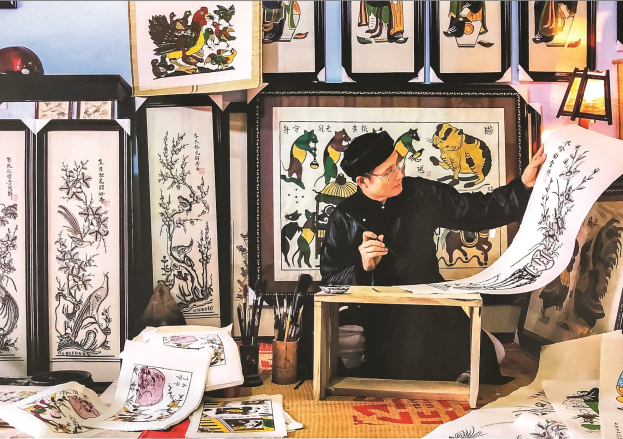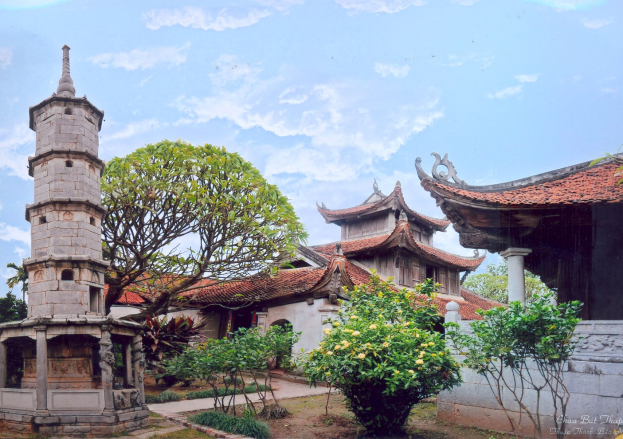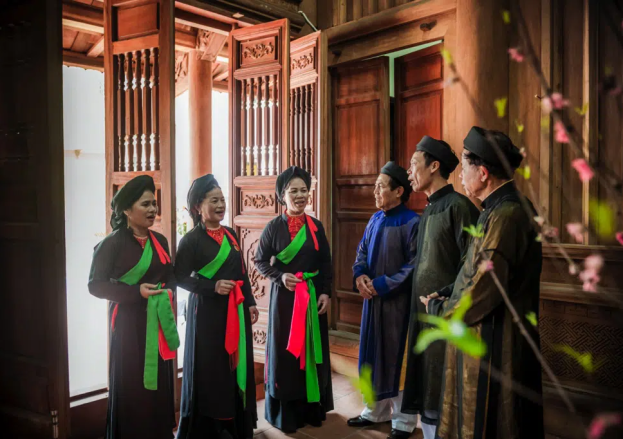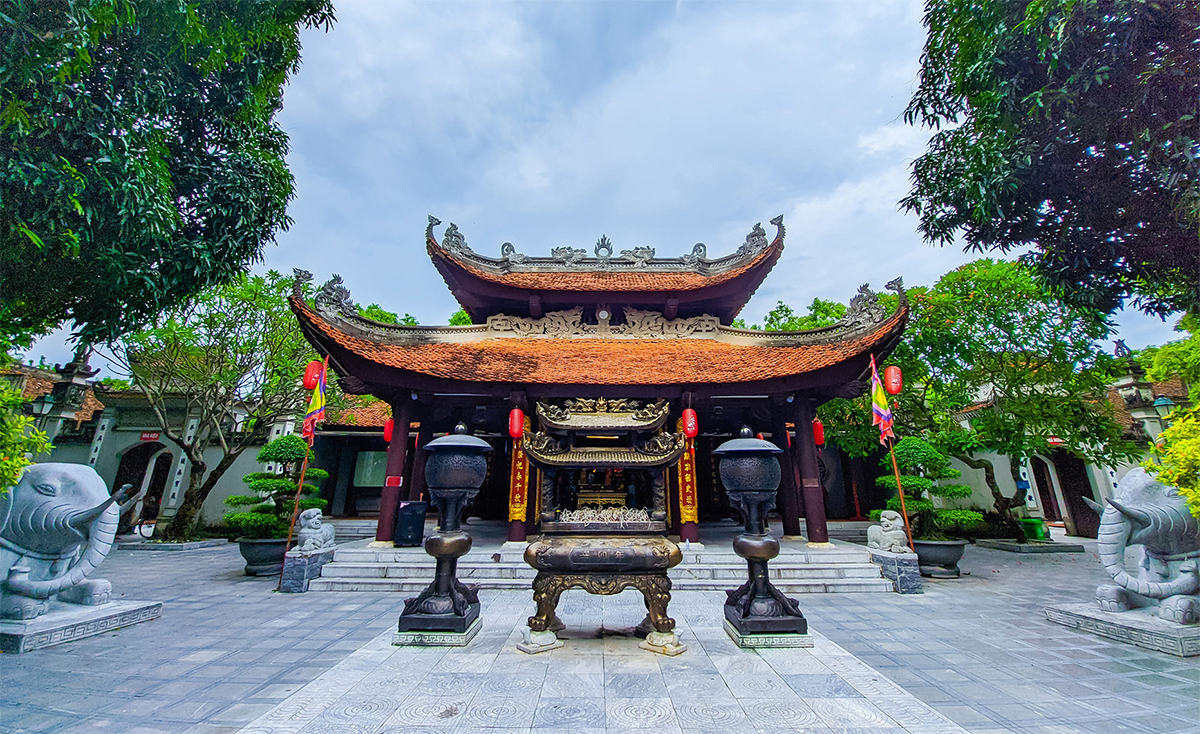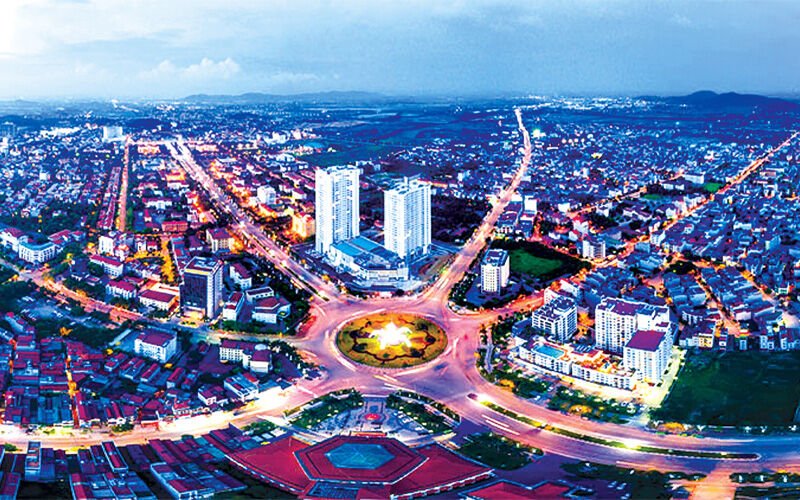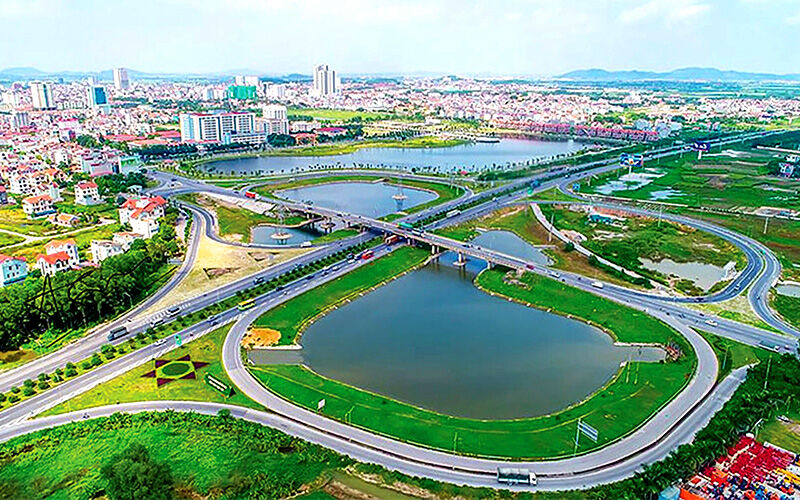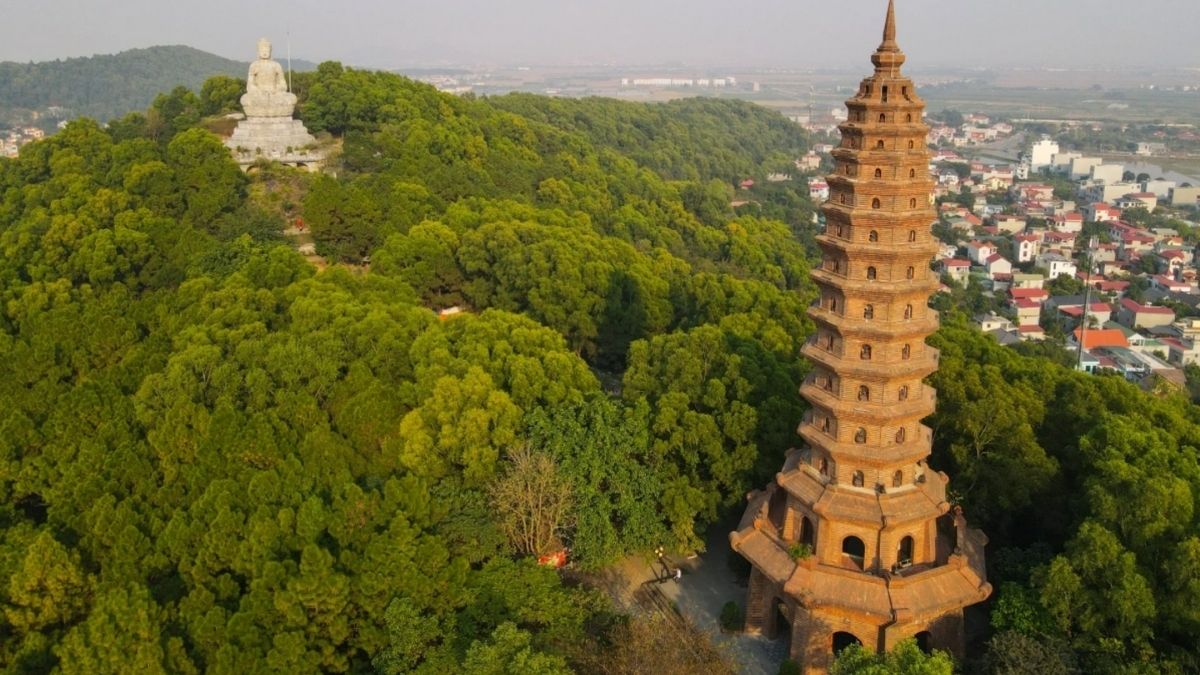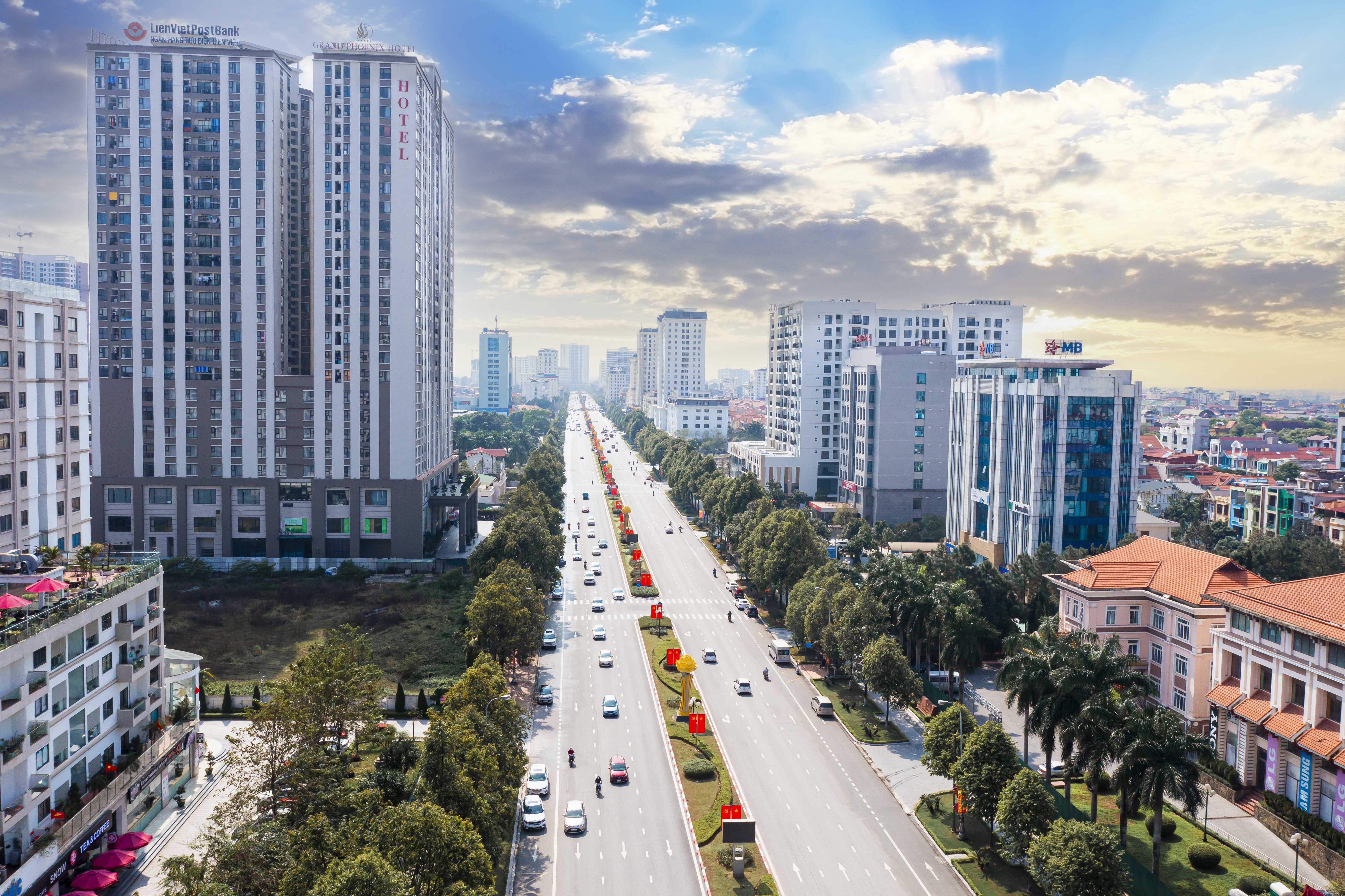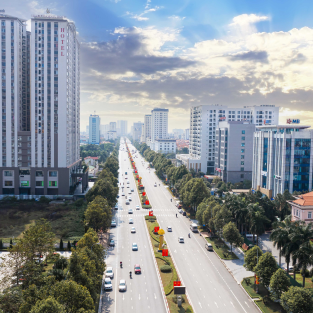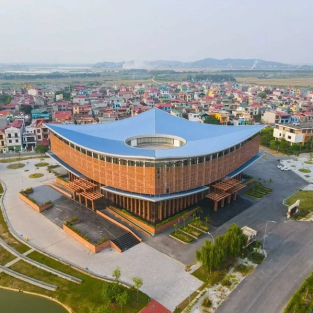Bac Ninh is a cultural heart of Northern Vietnam, known for its rich traditions and vibrant spiritual life. This is the homeland of Quan Ho folk singing, an art form recognized by UNESCO as an Intangible Cultural Heritage of Humanity, where generations have passed down melodies through village festivals and riverside gatherings.
Travelers can explore a landscape shaped by history and faith, from the ancient towers of But Thap Pagoda and Phat Tich Pagoda to the tranquil pilgrimage routes of Tay Yen Tu. Traditional craft villages, bustling markets, and seasonal festivals add vivid color to daily life, offering visitors an authentic glimpse into the cultural fabric of the region.
Bac Ninh welcomes all who seek meaningful connections with Vietnam’s heritage, where every visit opens the door to stories, artistry, and timeless community traditions.
Bac Ninh is conveniently located just 30 kilometers northeast of Hanoi, making it one of the most accessible cultural destinations in Northern Vietnam.
Travelers can reach Bac Ninh by car, bus, or train. From Hanoi, the journey takes around 45 minutes via modern expressways or national roads. Daily buses and limousine shuttles depart from major stations such as My Dinh and Gia Lam, providing frequent and comfortable service.
For those coming from other provinces, Bac Ninh is connected by national highways and railway lines, linking the city to key hubs like Lang Son, Hai Phong, and the northeastern border regions. Nội Bài International Airport is also within easy reach, just an hour’s drive away.
Once in Bac Ninh, local transport options include taxis, motorbike taxis, and private car services, offering travelers flexible ways to explore both the city and the surrounding countryside.
Bac Ninh welcomes visitors year-round, with each season offering its own charm tied to cultural rhythms and natural beauty.
- Spring (February to April): This is the most festive time of year, with mild temperatures (18–25°C) and a vibrant calendar of village festivals. The famous Lim Festival, held in the first lunar month, brings Quan Ho folk singing to life in communal courtyards and riverside stages.
- Summer (May to August): Warm and lively (28–35°C), summer is the season for exploring the countryside, visiting pagodas, and enjoying local produce like lychee and longan. It’s a good time to experience rural life and craft village activities.
- Autumn (September to November): Cooler days (22–30°C) and clear skies make autumn ideal for temple visits, heritage walks, and food tours. The rice fields turn golden, offering peaceful countryside scenery.
- Winter (December to January): With crisp air (10–20°C) and a quiet atmosphere, winter is a time for reflective travel. It’s also when locals prepare for Tet, the Lunar New Year, filling the markets with festive energy and traditional flavors.
Bac Ninh is becoming increasingly accessible to travelers of all abilities. While some rural sites retain traditional layouts, most cultural and historical landmarks are gradually improving facilities to welcome a wider range of visitors.
Key attractions such as But Thap Pagoda, Phat Tich Pagoda, and the Lim Festival grounds feature well-maintained paths and gentle slopes, making them easier to navigate. In central Bac Ninh and nearby towns, hotels, restaurants, and public spaces are updating services to better accommodate guests with mobility needs.
Local transportation is also convenient, with ride-hailing apps, taxis, and private car services offering flexible door-to-door options. For travelers seeking authentic cultural experiences in an accessible setting, Bac Ninh provides a welcoming and manageable journey into Northern Vietnam’s heritage.



